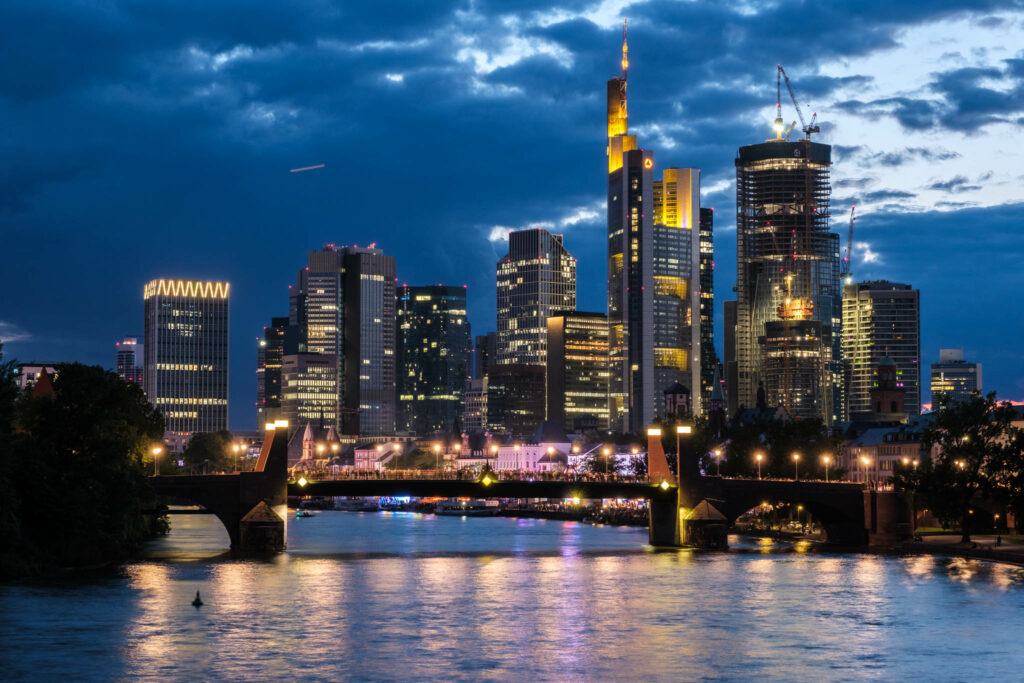When traveling there are things that are not in your control, especially if photography is one of the main reasons you we are traveling. That doesn't necessarily mean that there is nothing to be done. Here are 7 things to keep in mind when doing travel photography.
1. Beware of Thieves
One of the major concerns when traveling to unknown locations can be theft. You can use strong straps which will prevent thieves from yanking off your gear from your hands. Same goes for your bag or backpack – keep it on you at all times. That means leaving your bag on a bench right next to you is not a good idea. When prevention isn't an option anymore, there are additional things to consider. For example, GPS trackers hidden in your bag, which can be used to locate it afterwards using your smartphone. Also, asking a police officer to help you in this matter is advised. Trackers like that are cheap, some of them work via GPS or via bluetooth. In case of armed robbery (when a weapon is used against you to threaten you into handing over valuables) having a tracker hidden in the bag can help you retrieve it afterwards.
2. Be Prepared for Unfavorable Weather Conditions
You don't always have the luxury of perfect weather that will suit your needs. You need to come prepared with gear and ideas for different weather conditions. Whether it is rain or an overcast sky, it shouldn't stop your creative process, nor should it tone down your motivation. Improvise, adapt, overcome. You can use the rain for some moody and dramatic shots. Overcast weather, on the other hand, can be utilized for shots where flat light with uber-soft shadows is necessary.

3. Try Photographing Different Scenes
The same things won’t always be interesting enough to be photographed. You'll need to adapt for interesting photojournalist style shots, or wide shots of tight rooms or narrow walkways between buildings, or it might be a detail shot of some structure which is 10 stories high. All in all your gear and mindset need to back up the work you are doing.

4. Maintain Your Gear
Maintaining the gear on the road means that you'll need to be aware of the status your gear is in, from battery levels to dust and damage. Make sure whenever you are leaving a place all your batteries are fully charged, your lens and sensor clean, and make sure you do a damage check. too. You don't want to drag damaged gear around from several reasons: you risk further damage, you will be relying on damaged gear which might not work and ruin your day, and in rare cases it can lead to damage of other pieces of gear (imagine a tripod with broken leg which you haven't noticed).
5. Storage: The More, The Better
Depending on how long the trip is, you must have in mind that your SD cards might fill up. There are gadgets like the Western Digital WiFi Passport which allows dumping all your SD cards on the hard drive without even having it connected to the PC, which is totally cool. There are similar solutions which can work with tablets, smartphones etc.
Another healthy thing to do is to have multiple backing-up solutions, like portable solid state drives and cloud services too. You never know when things will fail, but trust me, they will!
6. Traveling by Bus, Train or Plane
Whether you are traveling by bus, train or plane make sure that you keep your gear with you if possible. This is due to the fact that the aircraft baggage is often just thrown into the loading bay of the craft and this can mean damaged gear due to careless baggage handling. Bus and train travel often means that your bag would be bouncing to each side of the trunk as the vehicle moves towards the road, which can lead to damage as well. Most, if not all of the transport agencies won’t cover your damages, but even if they would that can mean that you will be left without a camera or other piece of gear during your travel.
7. Research Local Laws and Culture
Lastly, I’d like to emphasize this matter. Wherever you go, do some research online for the local laws. There are countries where photographing people without their permission is illegal, like Hungary for example. This doesn’t mean that the person needs to be your main subject in the photo, random bystander can ruin your day. It doesn’t have to be the law that is an issue, some cultures don’t really feel comfortable being photographed by tourists and might react upon it. It won’t take much time to obtain that info, 10-15 minutes on the internet is all you need. Better safe than sorry, after all. And whenever you visit some places like museums, castles and such, which are a part of the cultural inheritance of the country you visit, make sure you ask if photographing is allowed inside, because if it is not you can end up being kicked out and paying a hefty fine.





2 Comments
really appreciate for your mentioned points
Good tips. PacSafe makes backpacks, camera bags, straps and other items that can help keep items secure.